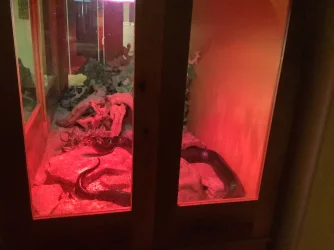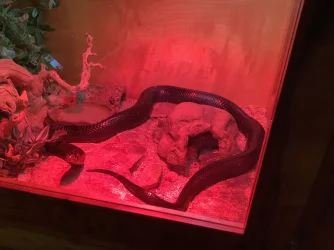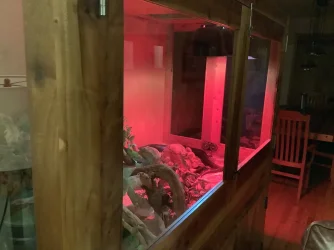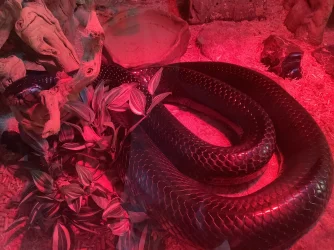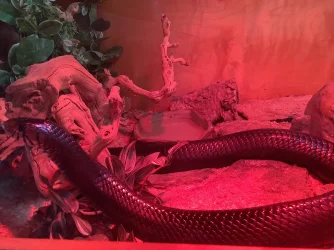HEMA guy here. It's true that sword design has to compromise between optimizing for cutting vs thrusting. Historically sword design ranged all the way from cut-only to thrust-only, but the large majority were somewhere in the middle ground where they could deliver both cuts and thrusts which could be lethal or disabling. Some were squarely in the middle where they could do both easily, but weren't the absolute best at either, while others were optimized to do one better than the other.
Modern Olympic fencing weapons are mostly pretty different from historical swords, except that the foil and epee are derived from the small sword, which was an unusually specialized weapon.
The small sword was the closest functional analogue to the foil and epee used in modern Olympic fencing. A side arm for dueling, it was very light, easy to carry, allowed excellent point control, and typically had no cutting edge at all. (Even those designs which did include a cutting edge probably included it primarily to prevent the opponent from grabbing the blade rather than for offensive purposes.) It's one of the few sword designs I know of which is all the way over on the thrust end of the cut/thrust optimization continuum. Another would be the estoc, which was a very different design for a very different context.

